SANTA CRUZ – As the initial stage of a significant Highway 1 construction initiative approaches its conclusion within the next few weeks, the regional transportation authority overseeing the project has committed to providing additional funds amounting to several million dollars. This extra investment ensures that workers will have sufficient road space to successfully complete their tasks.
The Santa Cruz County Regional Transportation Commission, which oversees the section between Soquel and 41st avenues under the Watsonville-Santa Cruz Multimodal Corridor Project, has approved up to $1.8 million from its Measure D funds to finish the remaining 5% of the work this summer. In addition to this amount, another $1 million had been allocated back in April and an earlier approval of $2.5 million made last September brings the overall additional funding required for completing the project to approximately $5.3 million.
The Caltrans personnel highlighted that the major reasons for the increased costs were safety issues, alterations in designs, unexpected circumstances, and adjustments to structures. Safety concerns encompassed a notably large number of collisions with crash barriers at freeway exits inside the work area as well as setting up a safe pathway for pedestrians throughout the project’s path. Design variations, which often diverged from initial blueprints because of real-world site conditions, could involve drainage systems, ground levels, clashes with utilities, or specific soil properties.
At last week’s meeting, when Commissioner Steve Clark queried how issues with project conditions could be spotted sooner, Tim Lang, who leads construction for Caltrans District 5, cited “unsuitable material” change orders as an instance of problems often remaining hidden until excavation begins.
That usually isn’t detected until the actual excavation takes place. It largely depends on the condition of the soil when the contractor starts working,” explained Lang. “Therefore, it’s quite challenging to predict this beforehand.
Lang mentioned that since there are still two additional segments of the entire project in either the planning or construction stages, certain lessons from past experiences can be utilized to minimize the number of change orders as construction progresses further south.
Although Caltrans is handling the implementation of the project, the transportation commission acts as the sponsor. Consequently, they bear responsibility for financing any additional costs beyond the initial budget, as stated by the commission staff members. During the April meeting, Executive Director Sarah Christensen clarified that the requested amounts of $1 million and $1.8 million were divided to provide project managers with sufficient time to refine and validate these figures prior to allocating further funds.
Although Clark expressed his appreciation for the thorough explanations and justifications provided by the project managers regarding the change orders, he looked forward to greater precision and fewer cost overruns in the future.
I believe we aren’t providing the public—who foots the bill for this—honest information about how much this project will actually cost,” stated Clark. “I think we’re starting to wear out their patience with such matters.
Likewise, Commissioner Manu Koenig, who previously advocated for greater detail in the change orders during past sessions, expressed his lack of enthusiasm regarding their ongoing appearance. However, he praised both the staff and construction teams for completing this segment of the project ahead of schedule.
“I’m thankful that the project is finishing up earlier than planned and I’m looking forward to the ribbon-cutting ceremony in July,” he stated.
The commission plans to hold a ribbon-cutting event for Stage 1 of the initiative at 5:30 PM on July 30th. This will showcase several additions such as additional lanes and buses using shoulder areas in both directions. Additionally, there will be a bike and footbridge spanning over the full width of the road at Chanticleer Avenue. These extra lanes have been operational since before this date, and people can access the walking bridge starting from then too. However, the feature allowing buses to drive on shoulders won’t become active until 2026.
The second phase of the project, extending from Bay Avenue/Porter Street to State Park Drive, has likewise been under construction for approximately one year and should be completed by autumn 2026.
© 2025 The Santa Cruz Sentinel (Scotts Valley, Calif.). Visit
www.
Distributed by Tribune Content Agency, LLC.


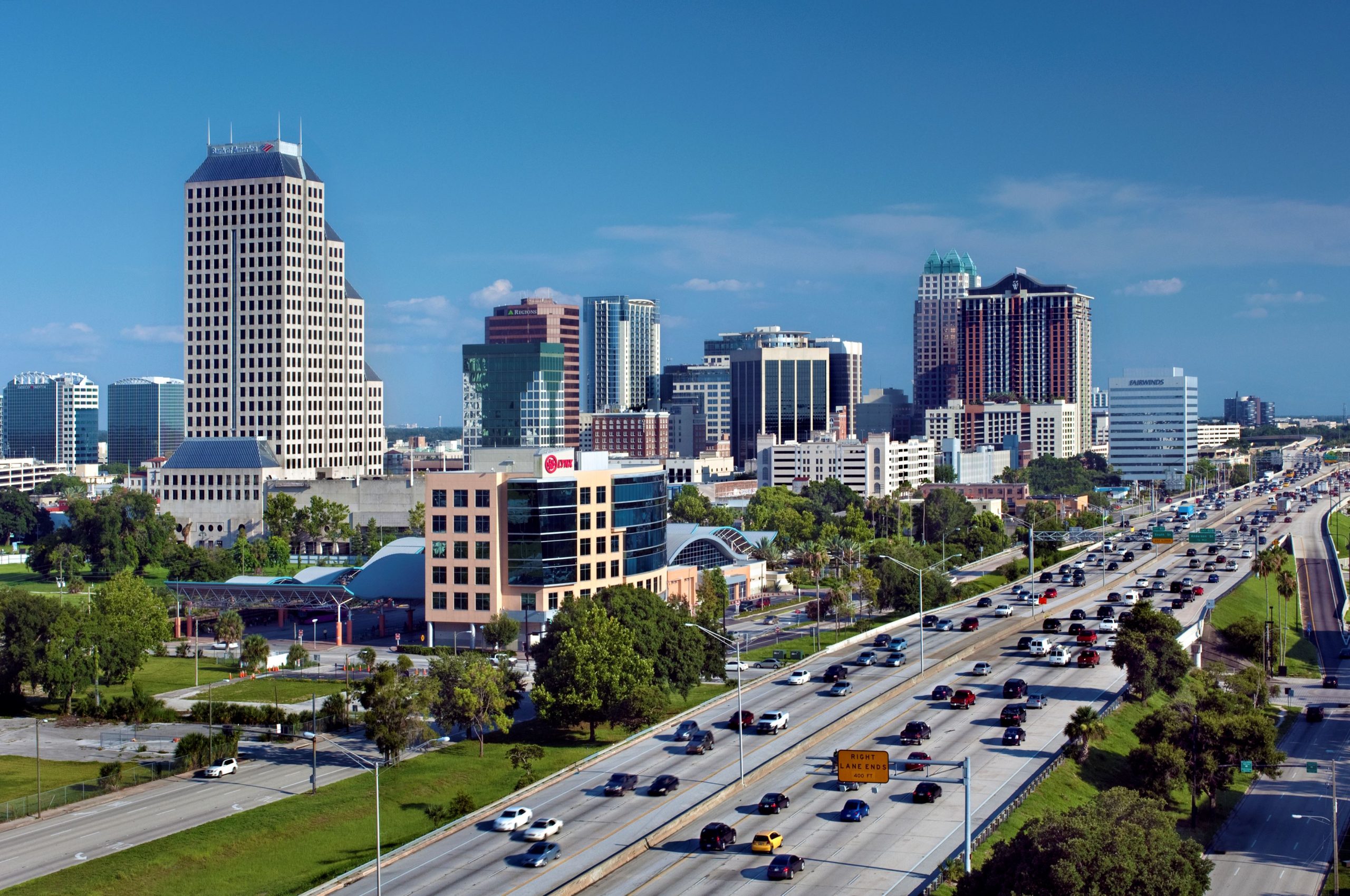

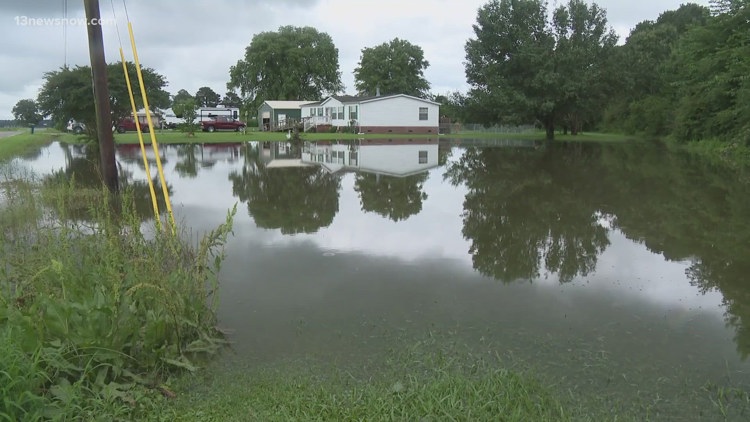

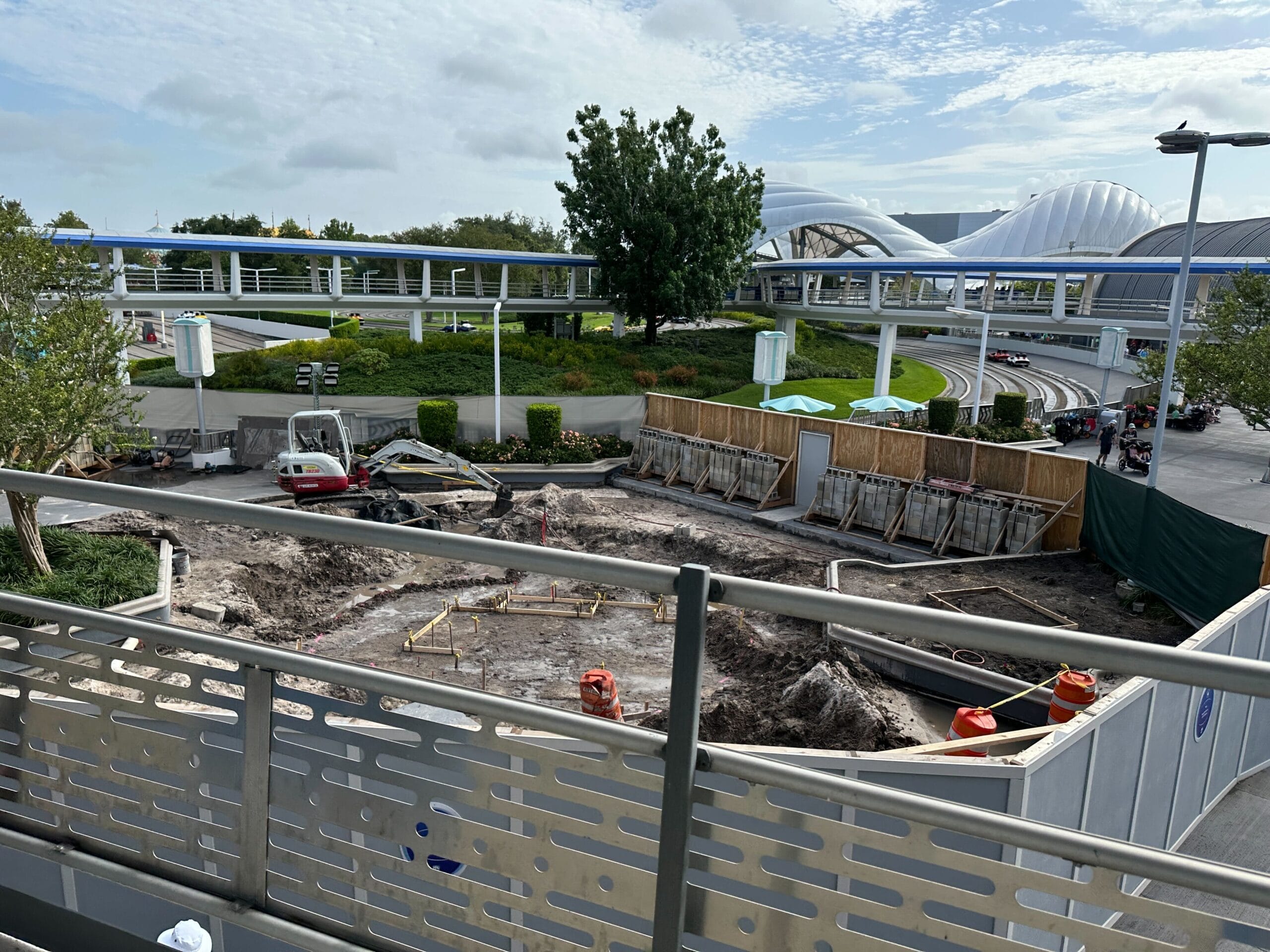



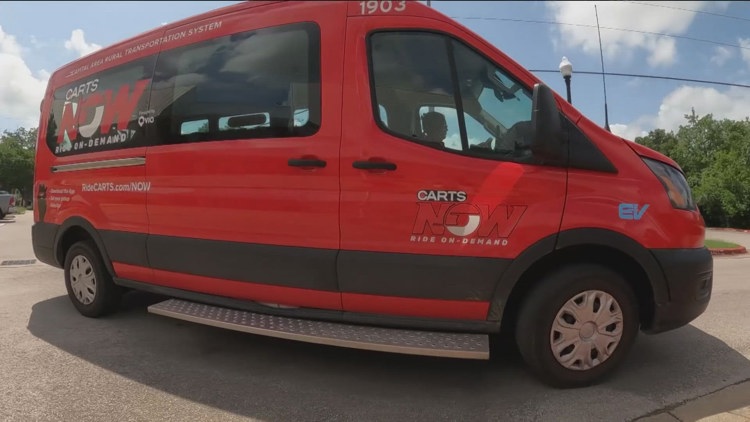
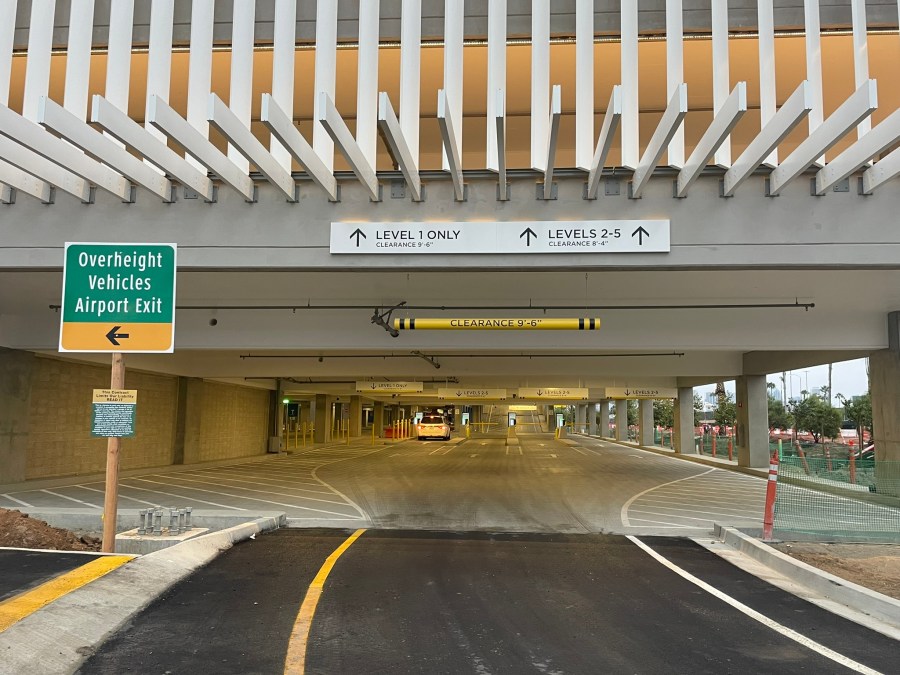
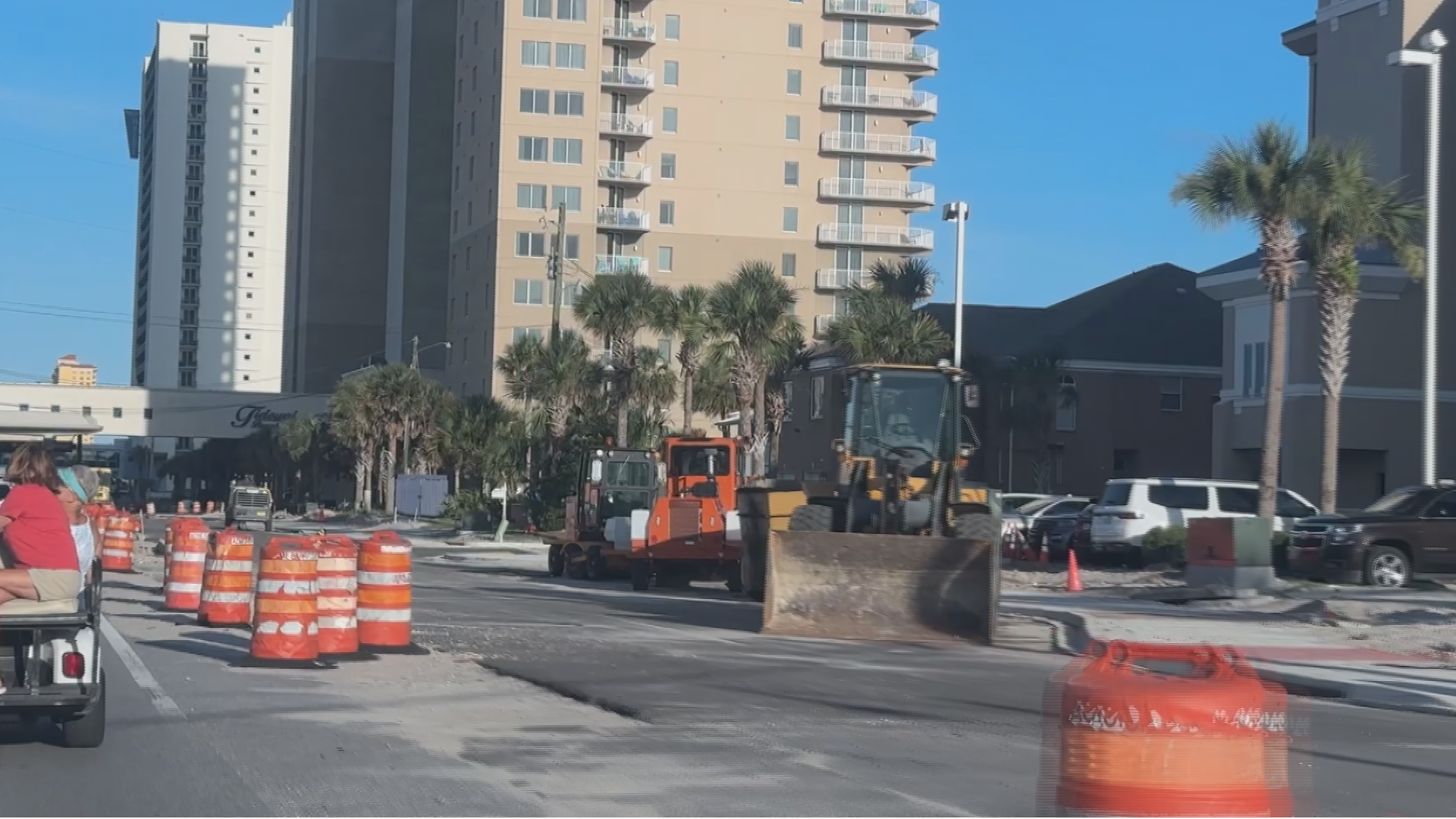

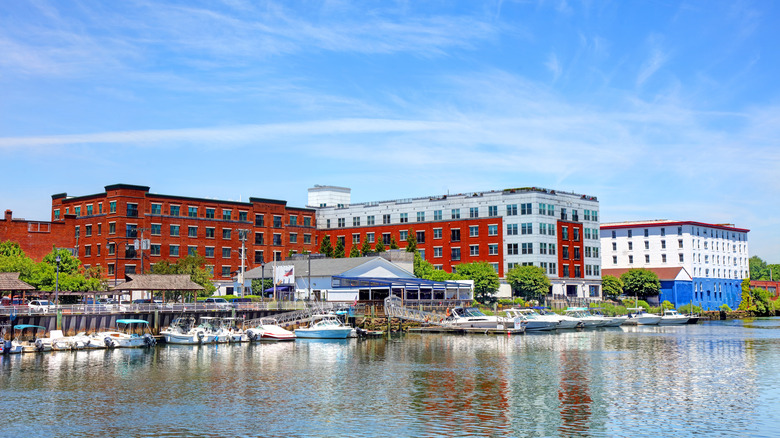


Leave a Reply